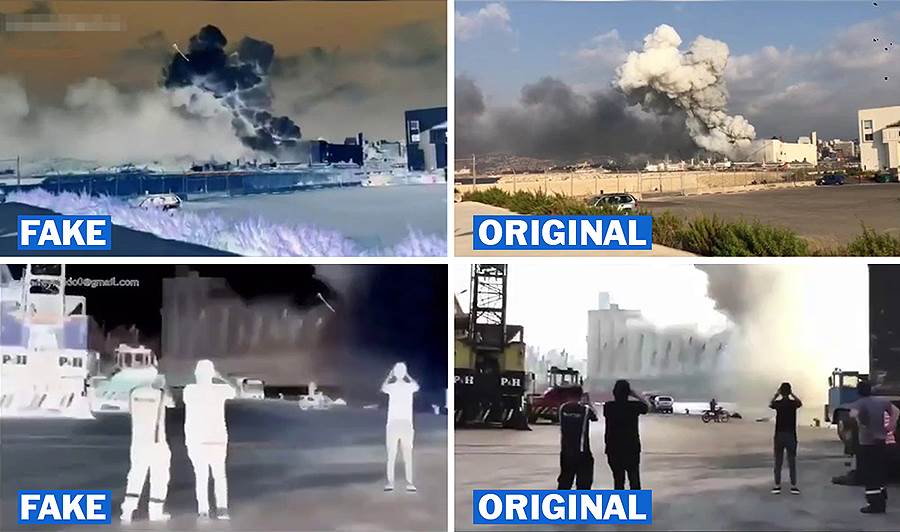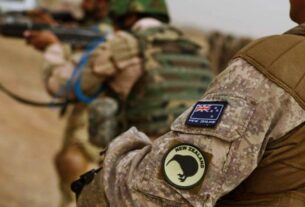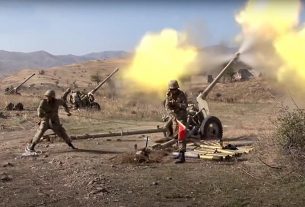Fri 07 August 2020:
Early reports of the explosion in Beirut’s port began circulating on social media moments after the blast.
Whilst most of the videos appeared authentic, filmed by residents from their homes, rumours about the cause of the blast were also quickly shared on platforms such as Twitter and WhatsApp.
Unfounded claims continued to spread, blaming the “nuclear bomb” on the US, Israel or Hezbollah. These were shared by partisan news sites as well as public figures.
Conspiracy theories promoted by far-right groups have also been shared on Facebook, 4chan, Reddit and messaging apps like Telegram, according to research from the Institute for Strategic Dialogue.
Messages have mainly focused on false claims that this was an Israeli attack, either a bomb or a missile strike on a Hezbollah weapons depot.
Twitter has flagged a fake video showing doctored footage alleging that a missile struck the Port of Beirut moments before an explosion on Tuesday caused mass destruction throughout the Lebanese capital city.
Some of the videos showing explosive devices involved in the Beirut explosion were derived from footage taken of the explosion by CNN Arabic social media producer Mehsen Mekhtfe.
“Many people reached out to tell me that it’s fake,” Mekhtfe said in a Thursday interview with CNN. “But it’s my video and I have the original and it doesn’t show that. When people ask me about it, I tell them, the doctored one is not true.”
Mekhtfe also said he did not see any missiles or drones in the sky before the explosion.
A “manipulated media” label citing the Associated Press appears under the video that has been widely shared on Twitter and other social media platforms such as Facebook and WhatsApp. The colors in the footage had been inverted, and a missile was edited in as evidence to the claims that the explosion was caused by a strike.
— Someone must have been telling lies about Josef K (@marsufan) August 6, 2020
The Associated Press fact checked the video and reported that the missile was “obviously fake,” citing a University of California, Berkeley professor who focuses on digital forensics.
“In addition, the missile looks far too large to be physically plausible and there is no motion blur on the missile as would be expected given the speed at which it would have been traveling,” the Associated Press quoted Farid as saying.
In the manipulated video, a negative film effect was used to invert the colors, supposedly revealing a missile striking the seaport of Beirut. But when viewing the video frame by frame, the missile appears bent in the middle and has a cartoonish appearance.
As the missile moves closer to the target, its size and the angle doesn’t change. About 8 seconds into the video, the missile disappears before getting close to striking anything.
Meanwhile, a missile expert at the Middlebury Institute of International Studies in Monterey, California, called it a “cartoon missile that doesn’t look anything like a real missile striking a target.”
“If it were less amateurish, we could identify the actual missile type, estimate the reentry trajectory and speed, as well as look for digital artifacts,” the Associated Press quoted missile expert Jeffrey Lewis as saying. “But this isn’t good enough to bother with. This is more derp fake than deep fake.”
The blast which was caused by 2,750 tons of ammonium nitrate that was stored in a warehouse has killed 154 people and wounded at least 5,000 others, according to the health minister.
Sixteen people have been arrested in Lebanon as part of the ongoing investigations into the cause of the blast that rocked Beirut, the state-run National News Agency reported on Thursday citing a judge.





